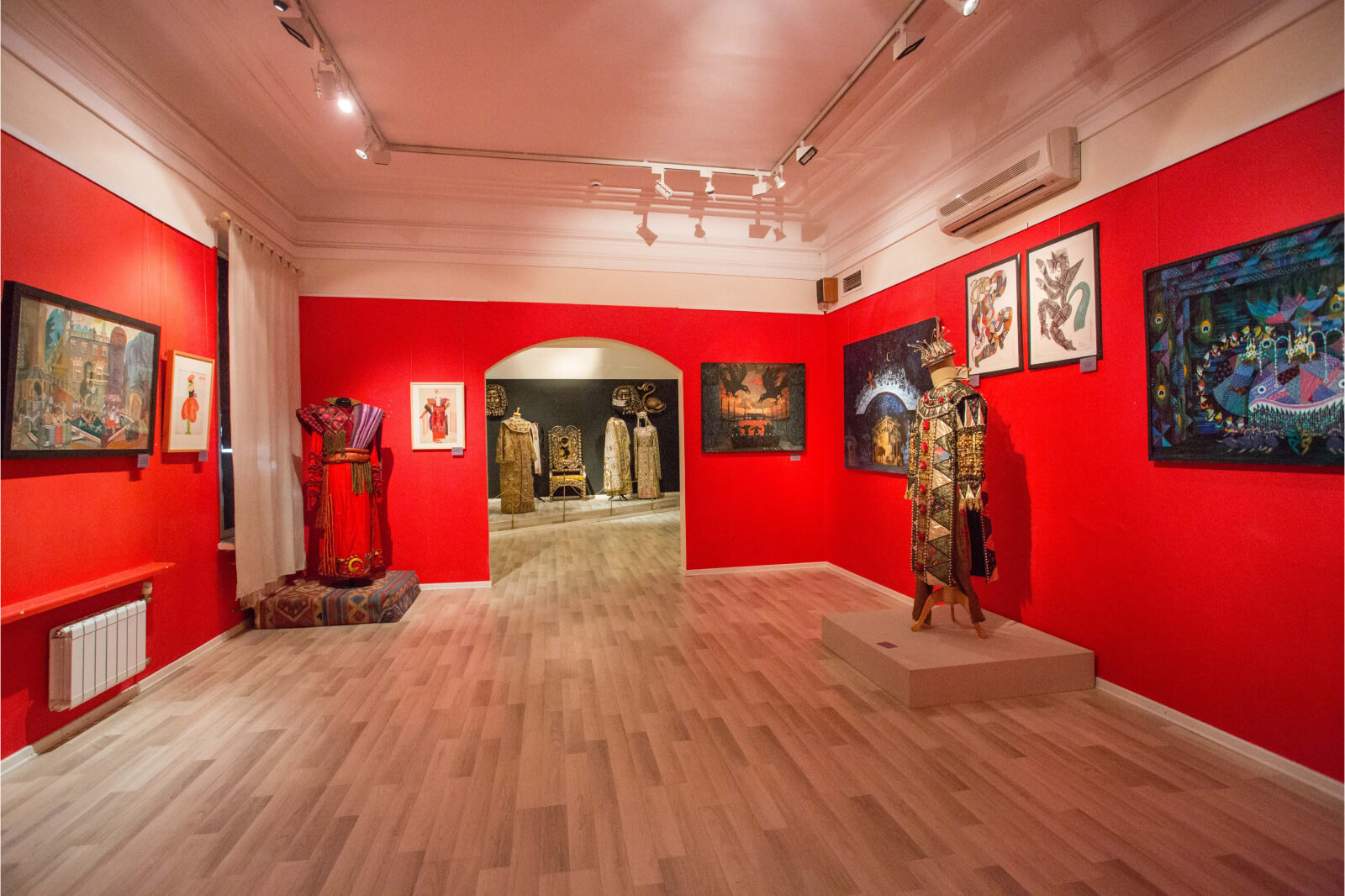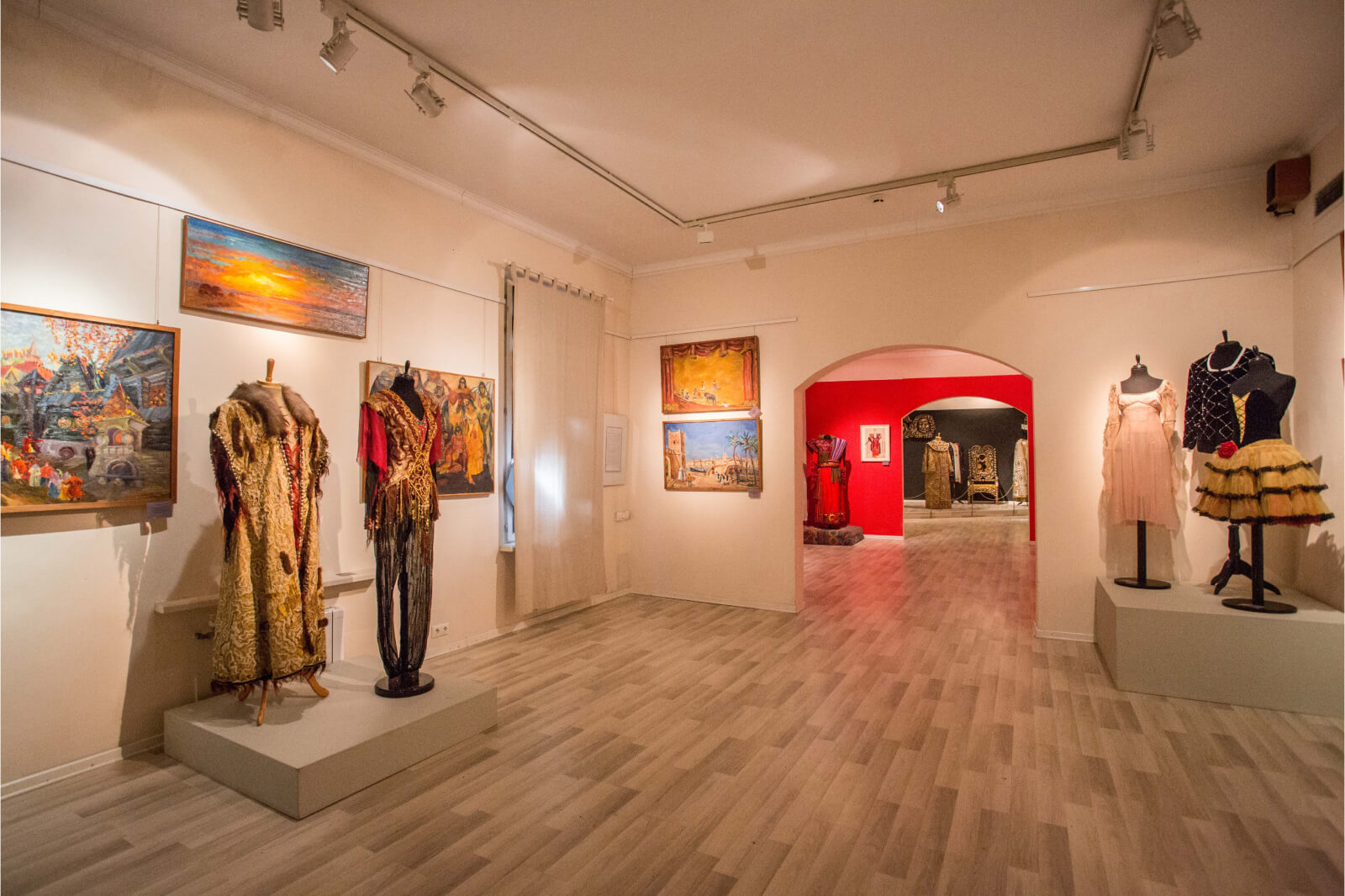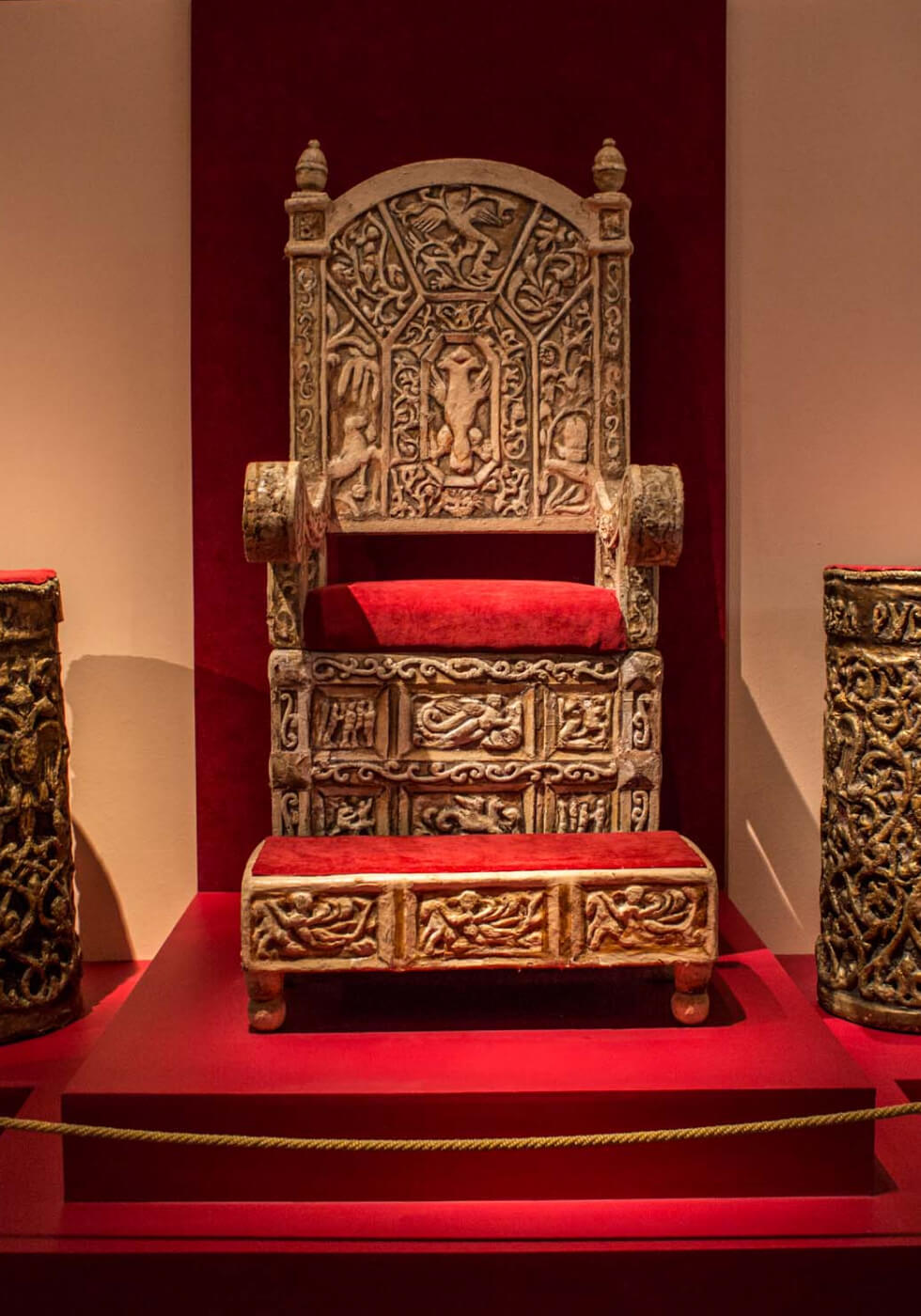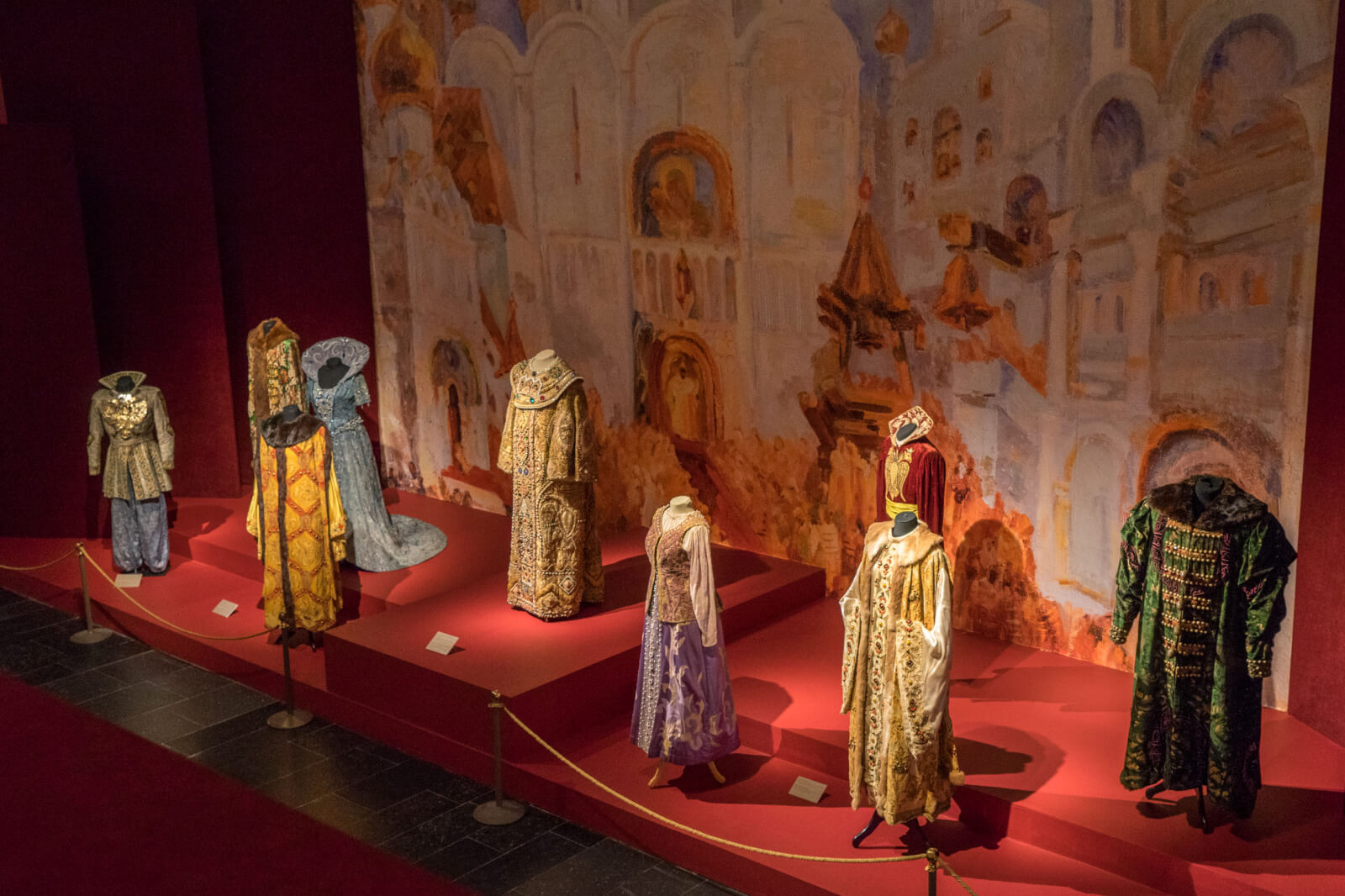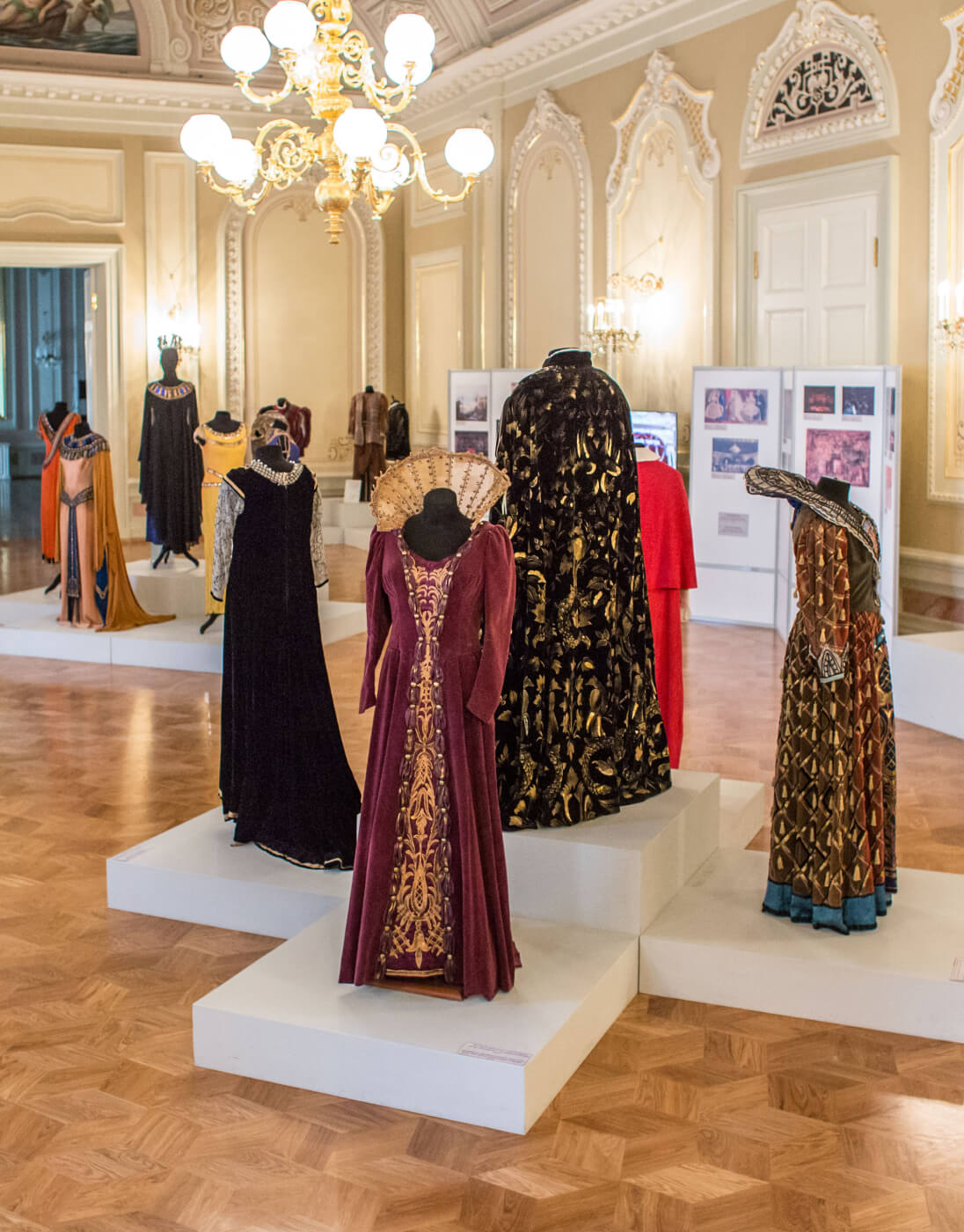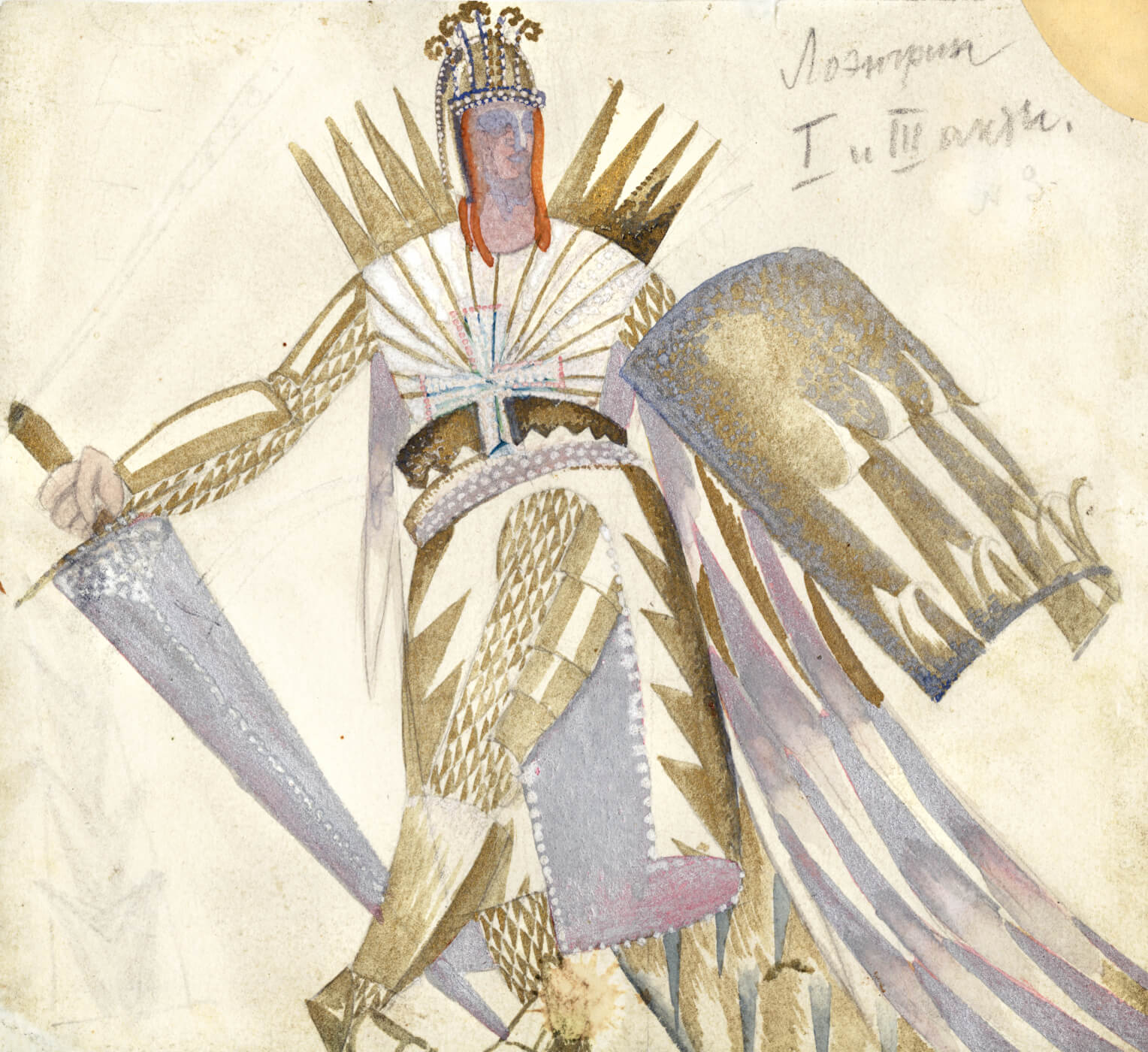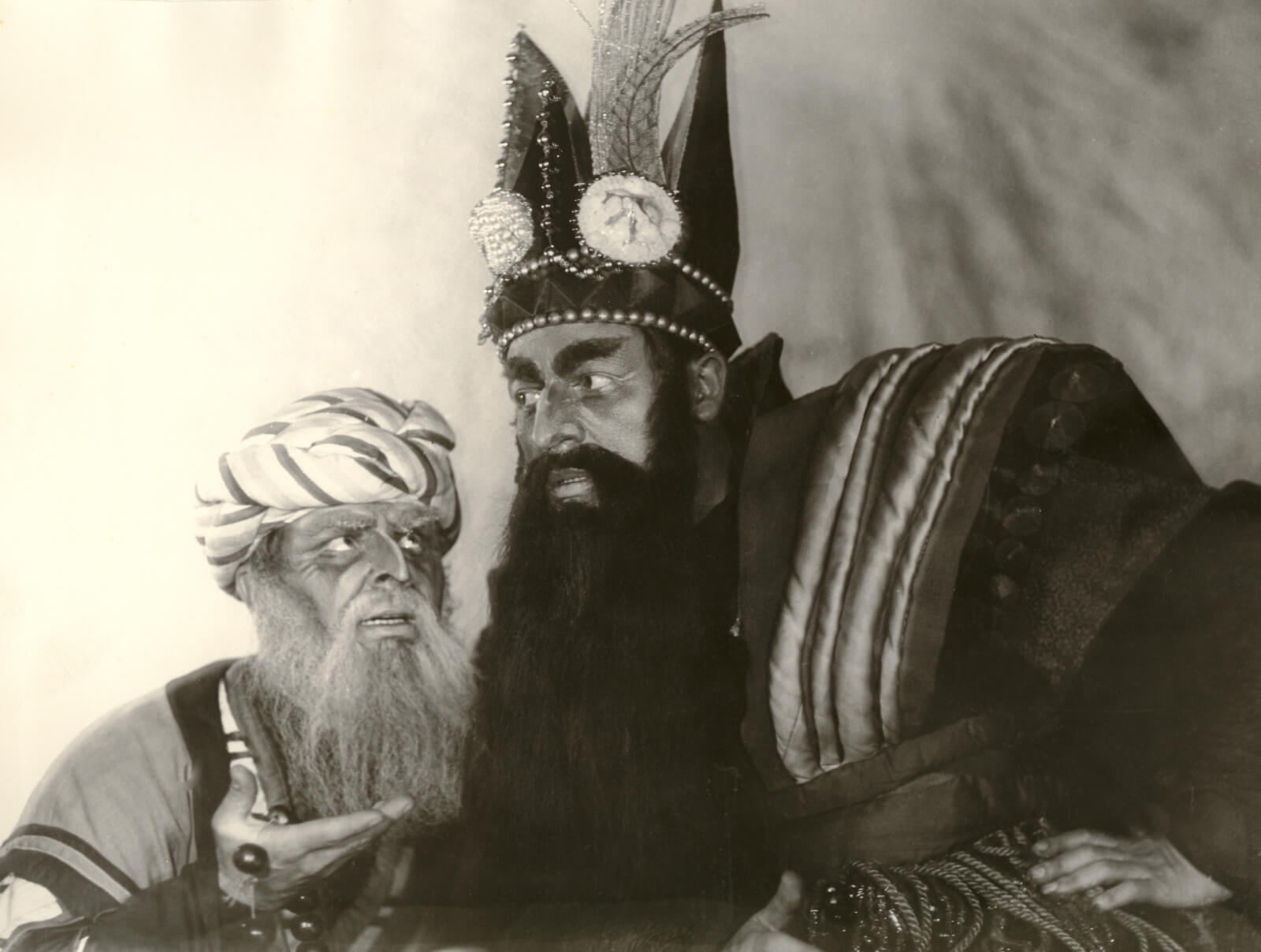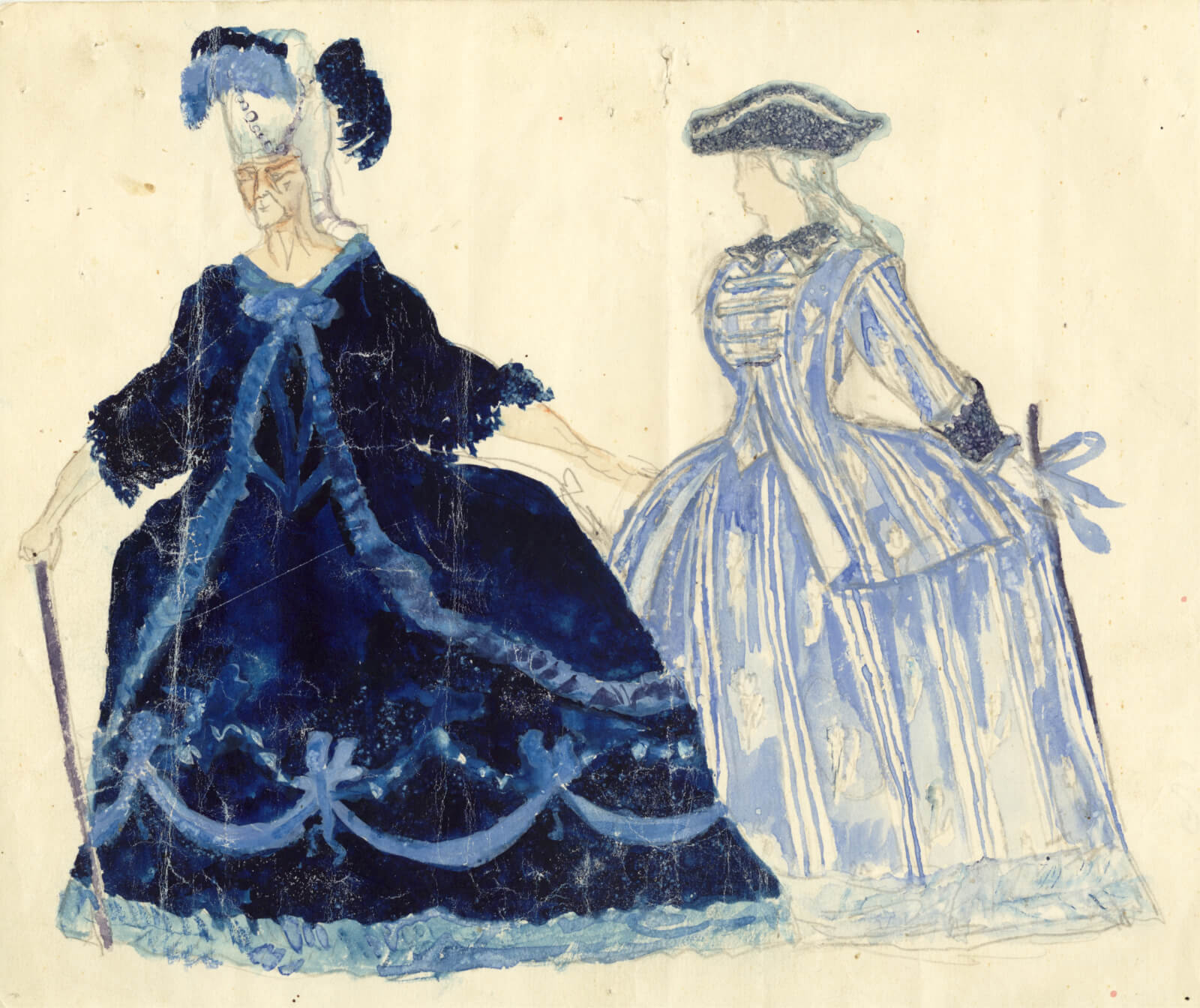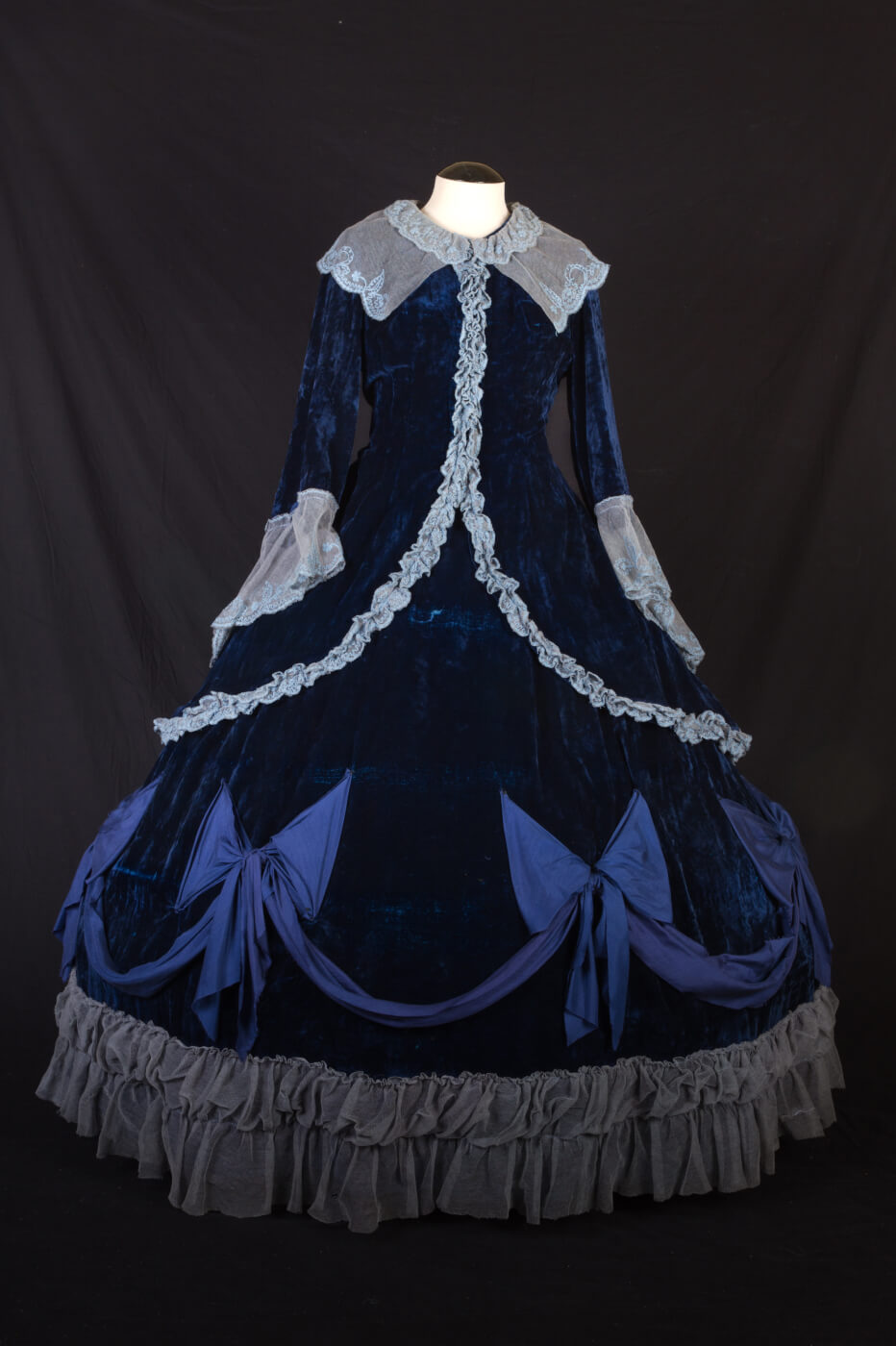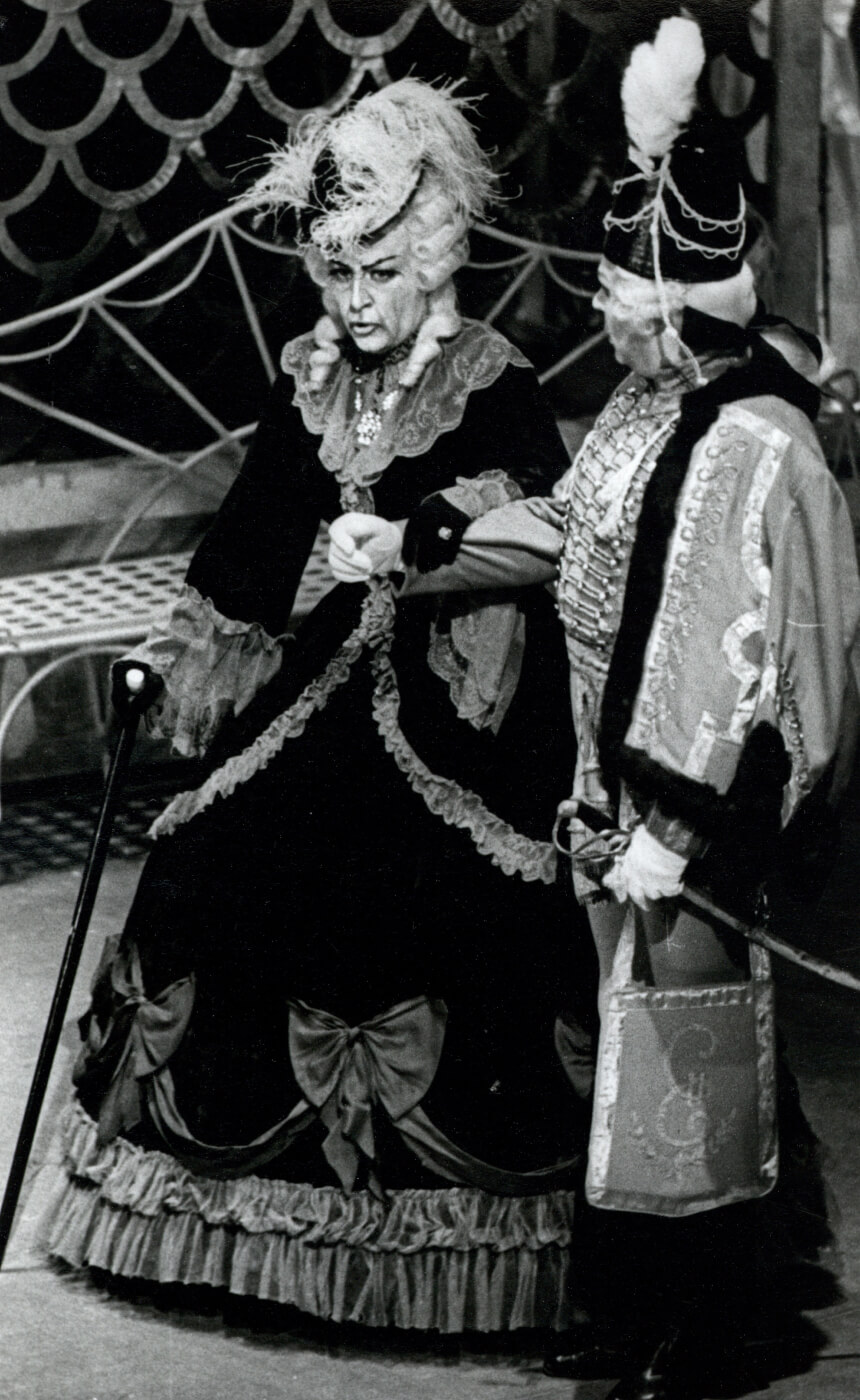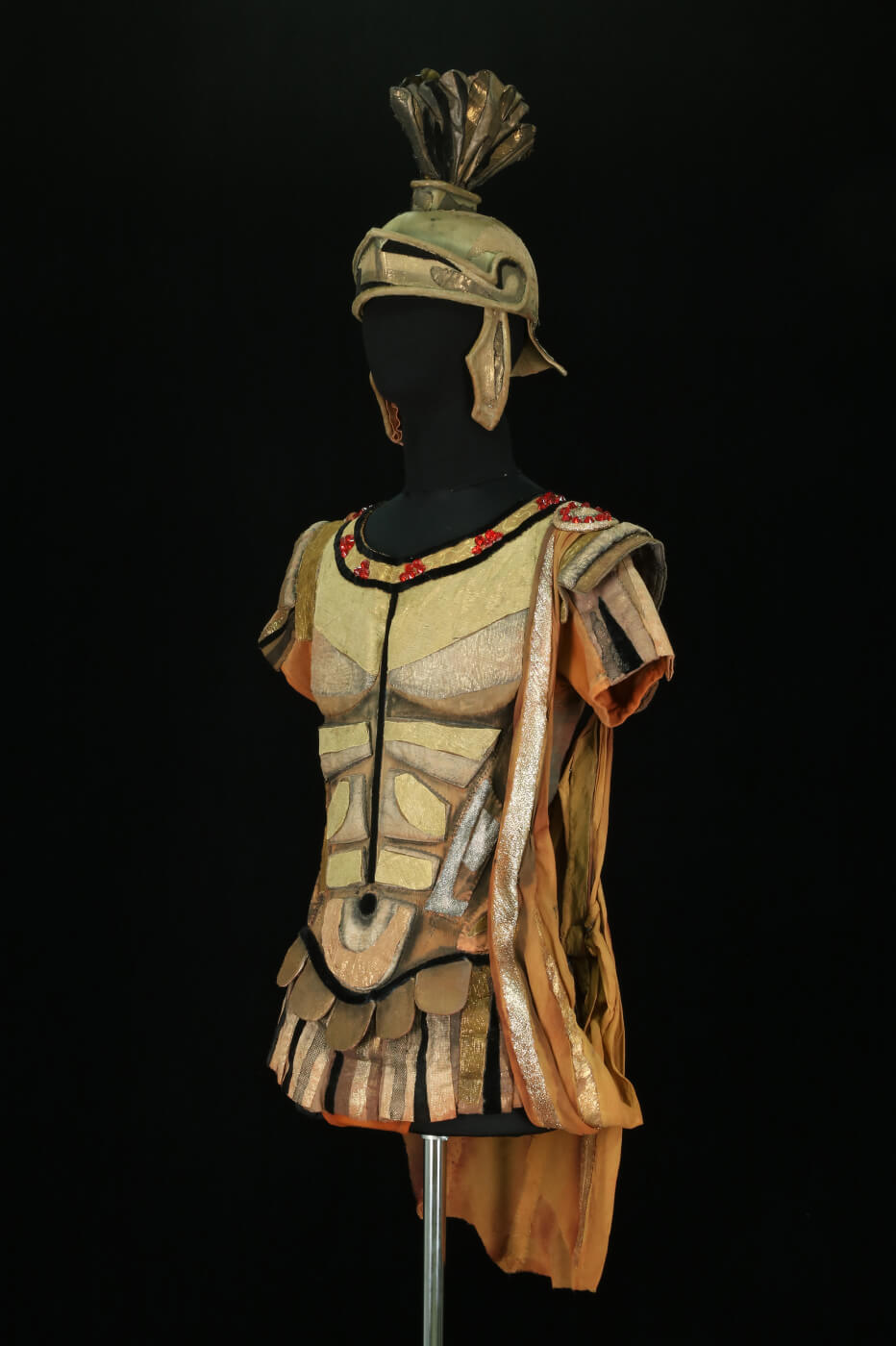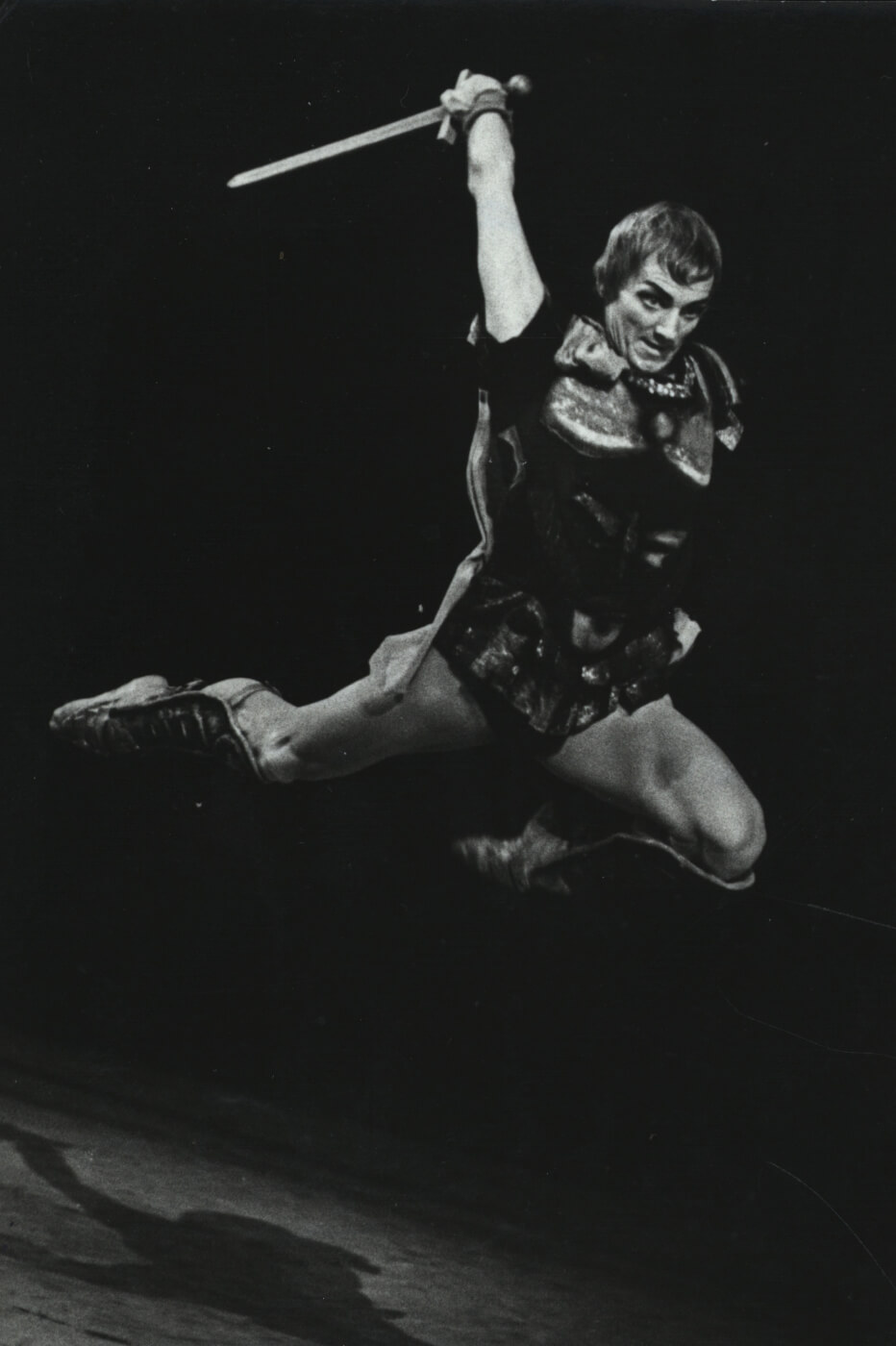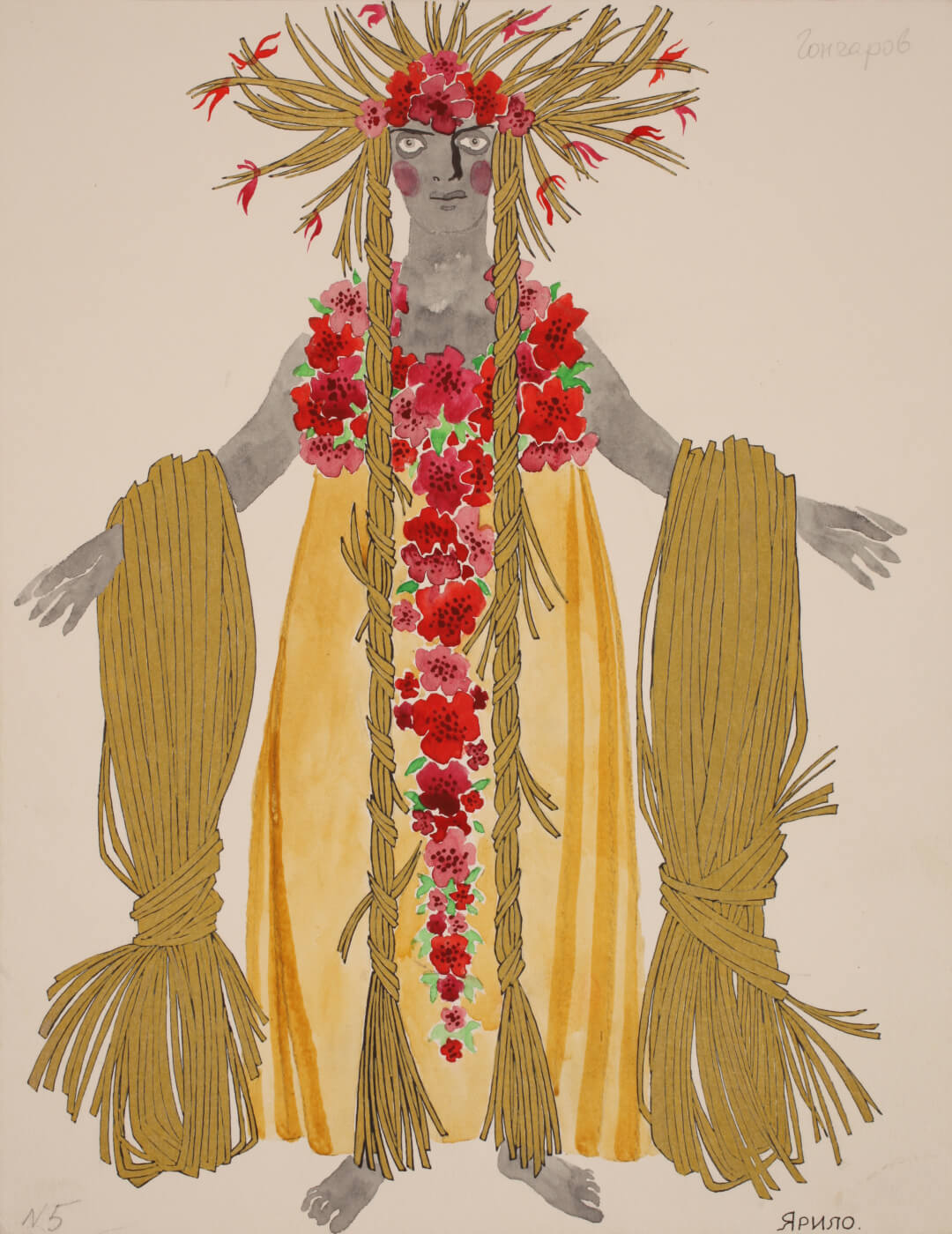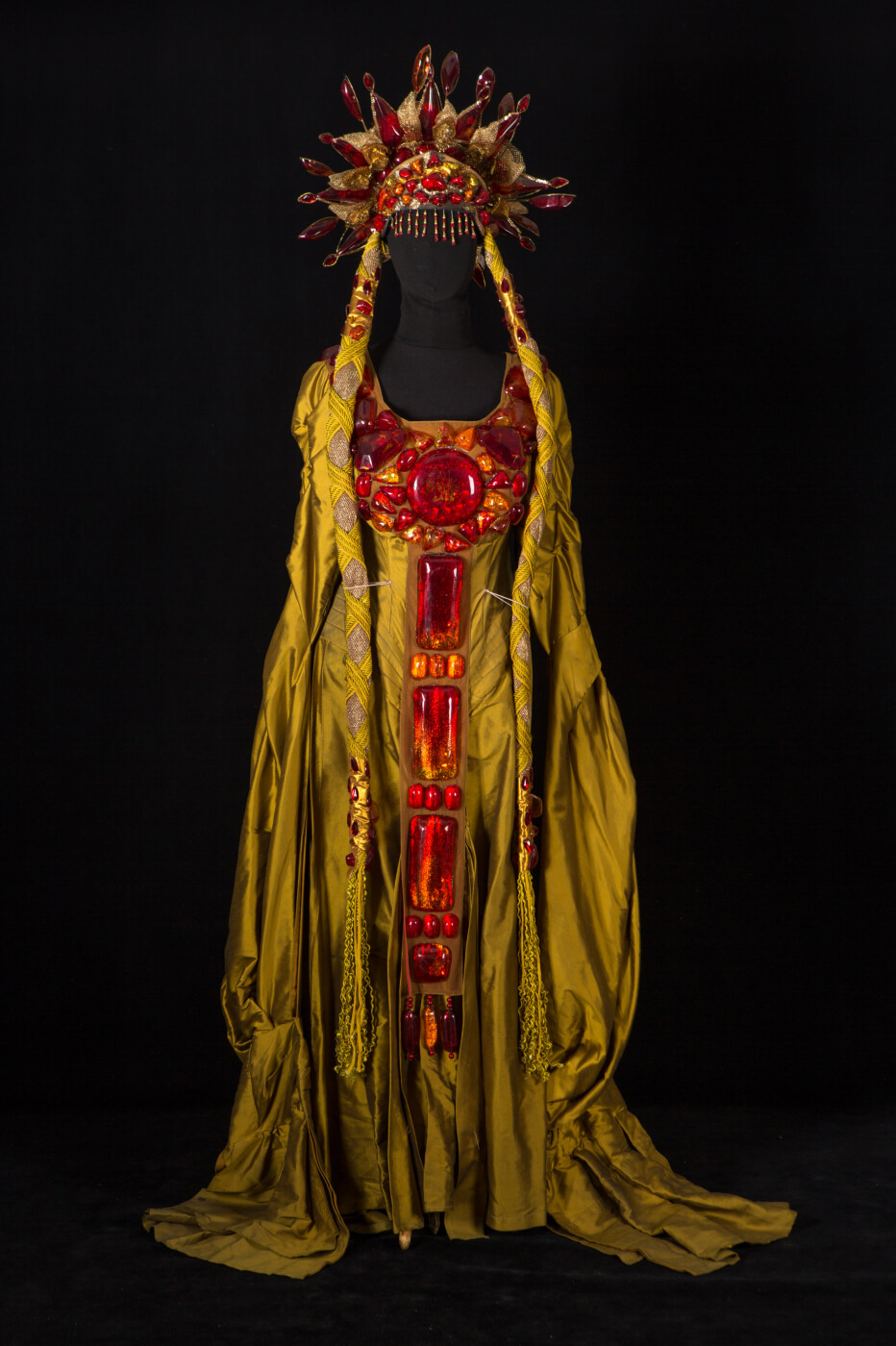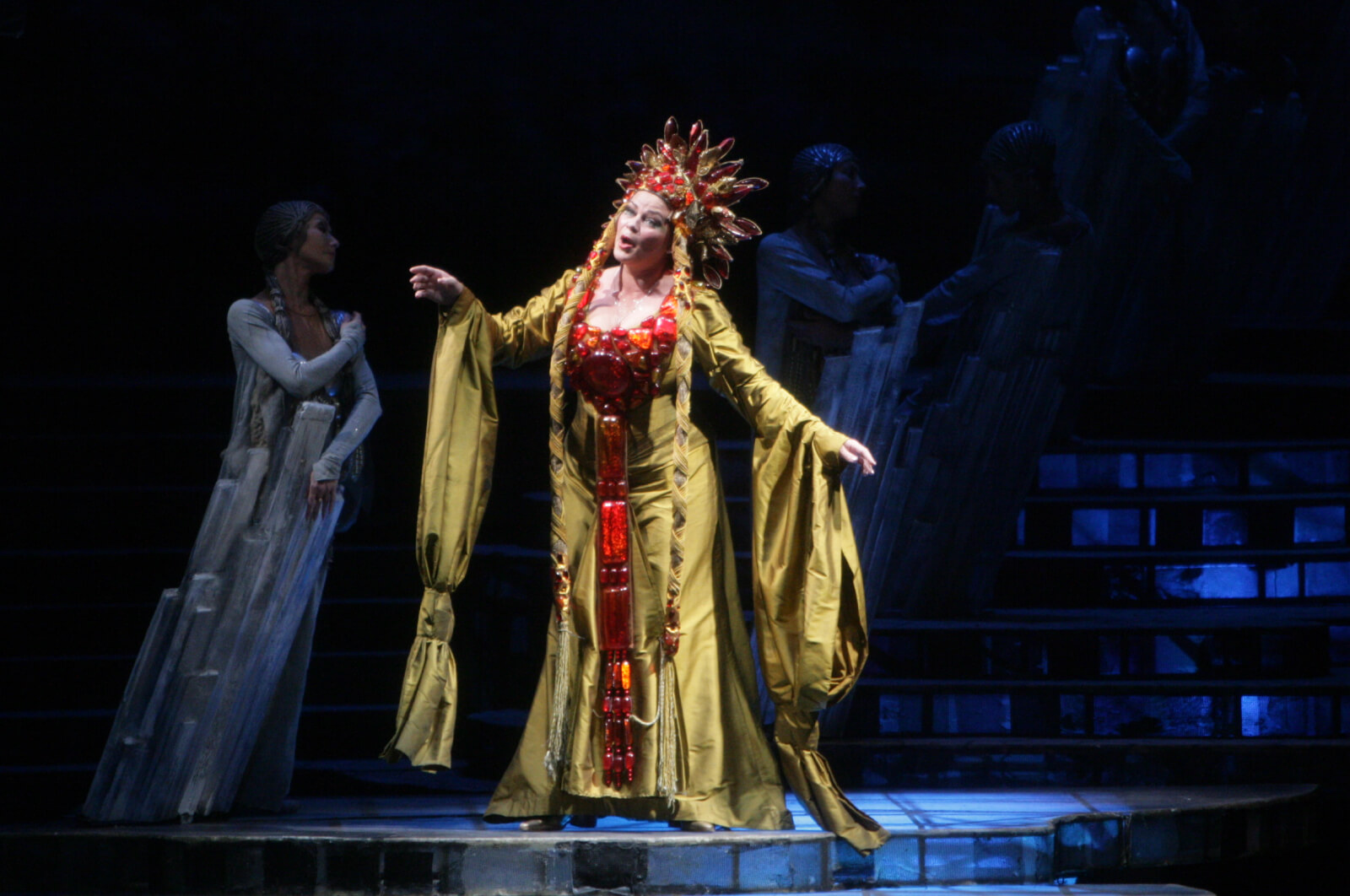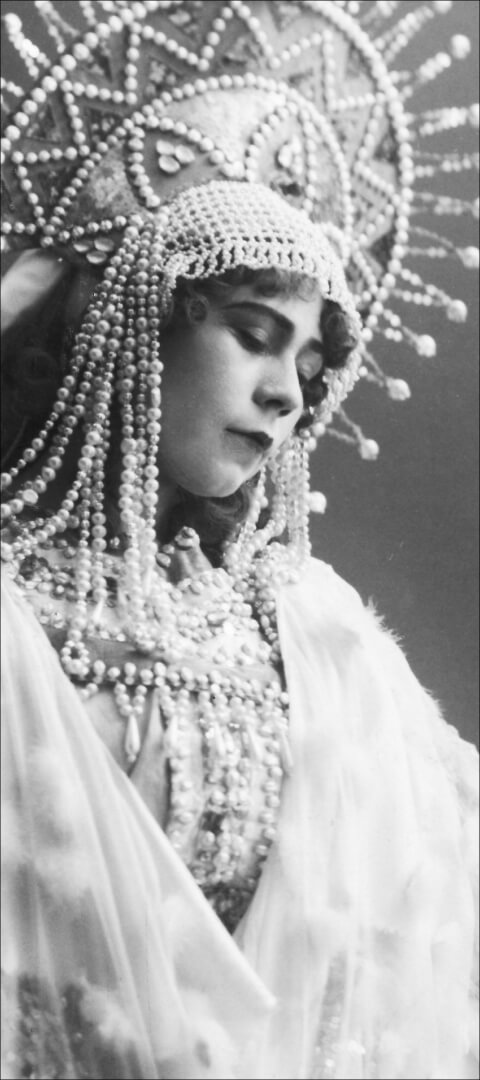
Elena Stepanova
in the image of the Swan Princess
See more photos in the Museum's collection
The Museum
The Museum is the main keeper of the historical memory of the Bolshoi Theatre. It studies everything about the creative life of the theatre, the construction and renovation of the building on Teatralnaya Square and has a unique and diverse collection. Being part of the Bolshoi, the Museum is inseparably connected to the current activities of the theatre and serves its everyday needs.
Electronic archive
archive.bolshoi.ruBuilding Tours
+7 495 621 31 38E-mail
museum@bolshoi.ruScientific Research Department
+7 495 692 00 251918
A special theatre museum was created.
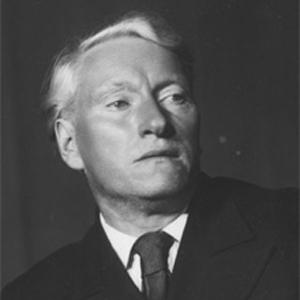
Fyodor Fedorovsky
One of founders of the Museum, chief designer of the Bolshoi Theatre in 1927-29 and 1947-53
The history of the Museum’s establishment
As early as the first half of the 19th century, the process of gathering archive documents on the performances, artists, musicians, designers, repertoire playbills and programmes started at the Moscow office of the Imperial Theatres.
Following the initiative from the Directorate and Management of the State Academic Theatre, a special theatre museum was created in 1918 One of its founders was Fyodor Fyodorovsky, who had held the position of head artist of the theatre for many years and designed over thirty productions, including such performances as “Boris Godunov” by M. Mussorgsky and “The Tsar’s Bride” by N. Rimsky-Korsakov that have been on stage ever since. In January 1923, in the halls of the dress circle of the Bolshoi Theatre, the first exhibition was opened. As the sign at the entrance stated, “open every day during the interval”, the exhibition could be visited by the audience. Before a performance, the museum representatives gave lectures on composers, artists and ballet masters.

Fyodor Fedorovsky
One of founders of the Museum, chief designer of the Bolshoi Theatre in 1927-29 and 1947-53
It took the Museum several decades to gather its significant collection. New materials occasionally came from the requisitions of private art collections. The portrait of Fyodor Chaliapin as Demon by A. Golovin (the only image of the great Russian bass in this role!) appeared in the theatre Museum in such a way. It was delivered from a mansion on Novinsky boulevard that belonged to the Duke S.A. Sherbatov. Some museum exhibits that are linked to the history of the Bolshoi were acquired from fans and collectors; some were gifted by people who are fond of theatrical art. In 1941, the Museum was given an extremely valuable item, the porcelain vase from Sèvres that had belonged to architect Alberto Cavos, who had restored the Bolshoi Theatre after the fire in 1856 It was granted to the architect by Emperor Napoleon III in response to his gift, a sketchbook with drawings and plans of the restored building of the Bolshoi Theatre that was published with the explanations in French. That sketchbook was incredibly useful for the restorers who worked on the renovation of the Historic building of the theatre between 2005 and 2011 Having studied the old samples, the contemporary masters have returned the auditorium and foyers to their original appearance.
During the Great Patriotic War, while the main stage was closed, the exposition was located in the branch (now the Operetta Theatre). However, in the early 1960s, the Museum moved to the Directorate building (which is above the entrance to the metro station “Okhotny Ryad”). Prior to the two hundredth anniversary of the Bolshoi Theatre in 1974, a historical exhibition was opened there and remained for over twenty years.
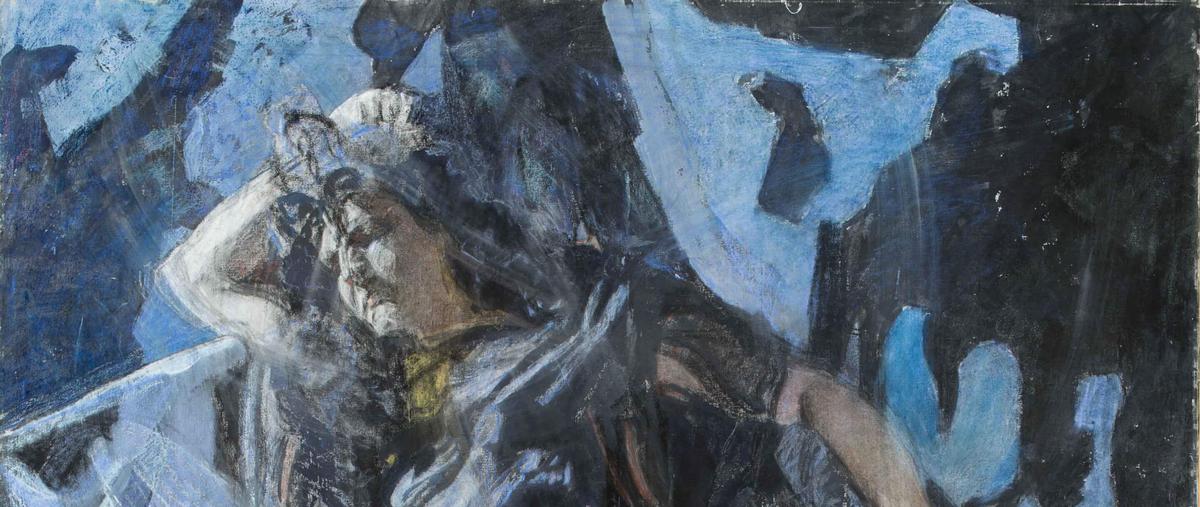
Fragment of the portrait of Fyodor Chaliapin as the Demon.
Alexander Golovin. 1912.
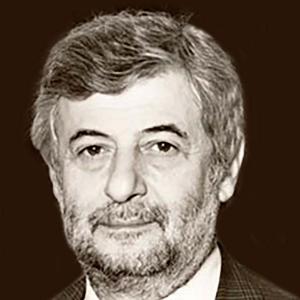
Valery Leventhal
Famous stage designer and painter
The museum nowadays
After the reconstruction of the theatre, a new exhibition space was created in the Choral and Exhibition halls. Its décor was realised based on the project by a famous theatre designer Valery Levental. These days temporary exhibitions dedicated to the outstanding creators and artists of the theatre, as well as famous productions, are held there.
The modern Museum of the Bolshoi Theatre is involved in research activities. While continuing to replenish its stocks, the Museum processes, preserves, studies them, and popularises the art of musical theatre. Russian and international authors have based their research on the materials gathered there.

Valery Leventhal
Famous stage designer and painter
Amongst the publications by the museum staff, there are such fundamental works as “The repertoire of the Bolshoi Theatre of the USSR. 1776-1955” by V. Fyodorov, “The Bolshoi Theatre. First ballet productions on the Russian stage. 1825-1997” and “The Bolshoi Theatre. First opera productions on the Russian stage. 1825-1993” by V. Zarubina, an academic research by E. Grosheva “The Bolshoi Theatre of the USSR”, art albums, including “The Moscow Imperial Bolshoi Theatre in photographs: 1869-1917”, and albums for the numerous Museum exhibitions.
The Museum collections
The Museum’s range of collections currently contains over two hundred thousand items. They are costumes and set sketches, set models from the 19th to the 21st century, elements of props, clothes and private items of the outstanding artists, sculptured and painted portraits, photographs and manuscripts, playbills and programmes, draughts and lithographs of the Bolshoi theatre buildings from various periods, and many more. They form twenty-two collections. Each of them has its special features and unique items, which have no equivalent in any other theatre collection in our country. The collection of set sketches and costumes, over fifteen thousand items, is of exceptional interest. This collection fully reflects the entire history of design of the performances on one of the main stages in the country, beginning from the works by artist I. Martinov for the first staging of the operas “Askold's Grave” by A. Verstovsky and “A Life for the Tsar” by M. Glinka at the Bolshoi.
The Museum has the scenery sketches of many world-famous masters of theatre painting: Alexander Golovin, Konstantin Korovin, Apollinary Vasnetsov, Vasily Polenov, Nicholas and Alexandre Benois, Eugene Lanceray, Boris Kustodiev, Pyotr Konchalovsky, Boris Grigoriev, Mikhail Kurilko, Simon Virsaladze, Boris Messerer and Valery Levental. There is an extensive presentation of the works by Fyodor Fyodorovsky, Piotr Williams and Vadim Ryndin, the artists who worked at the Bolshoi Theatre for a long period of time.
The Museum holds the richest collection of costumes, which increases every year. The earliest costumes are from the 18th century. However, the largest portion reflects the productions of the 20th century. Many of the current exhibits once belonged to the brightest stars performing on the stage of the Bolshoi Theatre: Feodor Chaliapin, Yekaterina Geltzer, Antonina Neshdanova, Galina Ulanova, Sergei Lemeshev, Ivan Kozlovsky, Maya Plisetskaya, Ekaterina Maximova, Vladimir Vasiliev, Irina Arkhipova and Tamara Milashkina. An honourable place in this collection is occupied by the almost completely surviving theatre wardrobe of Leonid Sobinov.
The collection of the memorial items
A significant part of the archive is private items of famous artists and composers. Amongst which there are notebooks and the Gospel of Mikhail Glinka, a collection of fans which belonged to Marie Taglioni, Anna Sobeshchanskaya, Anna Pavlova and Yekaterina Geltzer, a make-up casket of Maria Maksakova, an easel, palette and brush which once belonged to Fyodor Fyodorovsky, conductor’s batons of Andrei Arends, Václav Suk, Pyotr Tchaikovsky. A great harp-player Vera Dulova gifted the Museum her piano with the autographs of Dmitri Shostakovich, Aram Khachaturian, and Alexander Melik-Pashayev.
In the archive and manuscript stock of the museum, there are the autographs of the great Russian composers: Modest Mussorgsky, Alexander Borodin, Pyotr Tchaikovsky, Alexander Glazunov, Nikolai Rimsky-Korsakov, Sergei Prokofiev, Sergei Rachmaninov, and Dmitri Shostakovich. The archive of ballet master Alexander Gorsky is unique. It includes the complete notation of the choreography for “The Sleeping Beauty” by Tchaikovsky in the staging by Marius Petipa, hand-written notebooks of the legendary dancer Vaslav Nijinsky with the notes on his choreographic system, the archives of the conductors Václav Suk and Nikolai Golovanov.
In the collection, there are authors’ manuscripts, memoirs, private correspondence, as well as official documents of the artists. The letters of the war times, which the artists of the Bolshoi sent to the front, amusing poems and caricatures can be found here.
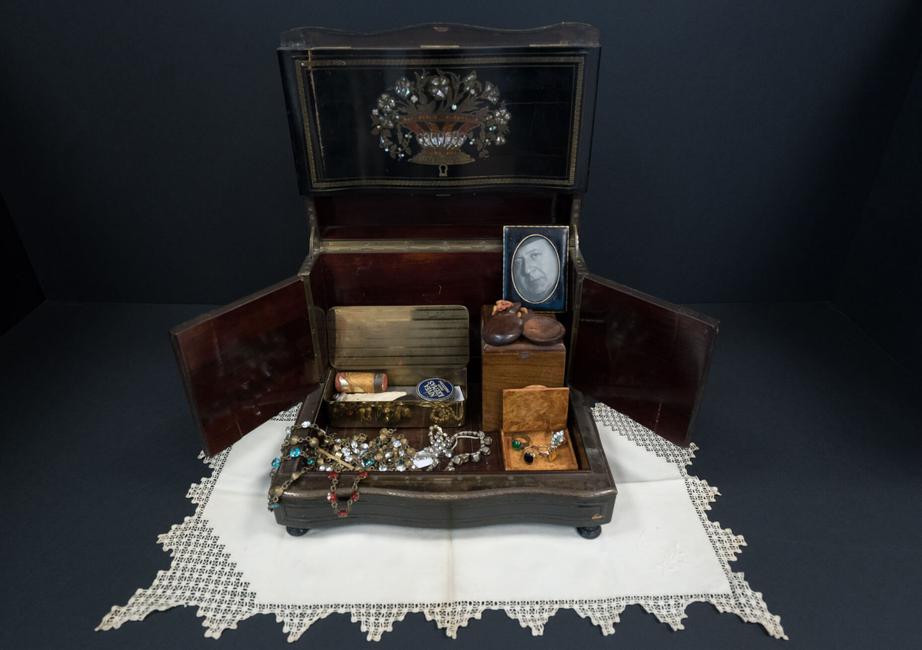
Maria Maksakova's make-up casket, 19th century.
Painting and photography
A collection of paintings, sculpture and graphics is presented in the works by Robert Falk, Vasily Yefanov, Alexander Gerasimov, Yuri Pimenov, Alexander Fonvisin, Boris Chaliapin, Irakli Toidze, Ilya Glazunov, Boris Frodman-Cluzel, Elena Ianson-Manizer, Natalya Danko and Fyodor Fiveysky.
The photography archive is currently considered one the largest in the museum collection. It numbers over sixty thousand protected items and serves as a foundation for studying not only the history of the Bolshoi Theatre but theatre photography art.
In the second half of the 19th century, a photo shoot of the sets and mis-en-scenes of the opera and ballet productions, costumes, and props, was arranged at the Bolshoi. For that purpose, a special workshop was organised in the theatre and only the holders of the title of photographer of the Imperial Theatres could work there. Special albums were created with that photographic material, for instance, “A Reference album of the artists’ portraits in all the costumes from new ballets and operas”. Theatre “light recorders” recreated the mis-en-scenes of the performances in precise detail, capturing mimics, gestures, poses, costumes and the make-up of the artists. At the end of the 1890s, photography started to be used during performance as well. Photo-chronicles of the productions between 1859 and 1930 represent the most valuable part of the collection. Amongst its items, there are works by domestic photographers, whose work is rightly recognised as amongst the classics of the genre: Karl Fischer, Mikhail Sakharov, Adolf (Abram) Gornstein, Eugeny Umnov and Georgy Solovyov.
Exhibitions
Besides regular exhibitions organised in the inner space of the theatre, the Museum actively participates in the art life of Moscow, St. Petersburg, and other Russian cities. Its richest collections attract the attention of many museums around the world and are sought-after. The geography of the touring exhibitions is diverse: London, Munich, Vienna, Paris, Milan, New York, Belfast, Athens, Astana, Arkhangelsk, Novgorod, Oryol, Smolensk, Kursk, Saratov, Kaliningrad, Kirov…
The Museum celebrated its centenary with a grand exhibition “MUSEUM and THEATRE. 100 YEARS TOGETHER”, which was held at the Moscow exhibition hall “Novyy Manezh” (12.12.2018-14.04.2019). At the same time, an exhibition “Theatre fantasies. From the collection of the Museum of the Bolshoi Theatre” in the framework of the festival “Russian Seasons” (19.12.2018-24.02.2019) opened at the Royal Villa of Monza (Italy).
An exhibition “Fyodor Fyodorovsky. The legend of the Bolshoi Theatre” at the Tretyakov Gallery on Krymsky Val became a major event (1.04-8.08.2014). The first personal exhibition of the works by the outstanding master, the creator of the “large style” in theatre painting, was prepared in collaboration with the Tretyakov Gallery and the State Central Theatre Museum named after A. A. Bakhrushin.
